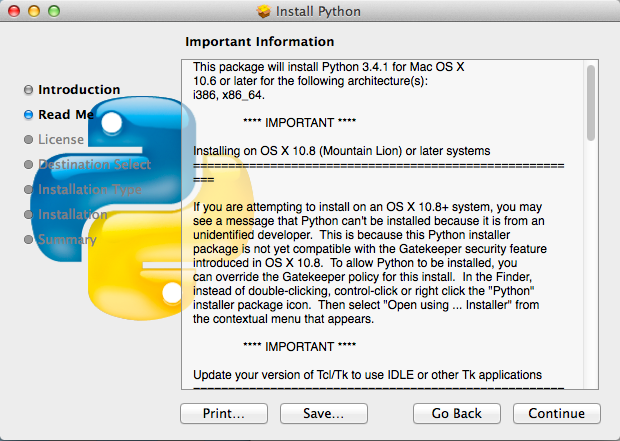

Step 1) Launch the web browser and open the site In this scenario, we will use Guru99 demo site to illustrate Selenium Alert handling. Now we automate the given below scenario.
PYTHON POPUP WINDOW CODE
This code will display pop-up window when user click the button.

The first thing we need to do is create a new class that will hold the content of our popup. We can easily switch to alert from the main window by using Selenium’s. In this tutorial we will create a Pop-up Window using Python. However, if creating a Python popup window seems complex and challenging to adapt, you can use no-code popup tools. Creating a popup window is actually quite simple.

The Popup widget is used to create modal popups. The info window has a content area and a. If you you click on ‘ Yes‘, you’ll exit the application.You can see a number of Alert methods are displayed as shown in below screen suggested by Eclipse. This is our twelfth video in Python Kivy, in this video we are going to learn Creating Kivy Popup Window. An InfoWindow displays content (usually text or images) in a popup window above the map, at a given location. Press on the ‘Exit Application’ button, and you’ll get a message box, where you’ll have two options to choose from. Run the Python code, and you’ll see a simple GUI that has a single button to exit the application. You can control the position of the button by changing the numeric values below: button1 = tk.Button(root, text='Exit Application', command=exit_application, bg='brown', fg='white') (4) Finally, add a button (aka button1) to call the ‘exit_application’ function above. else: another message box would appear on your screen to indicate that you’ll now return back to the application screen.If msg_box = ‘yes’then the GUI will be closed.Msg_box = tk.messagebox.askquestion (‘Type here the title for your message box’, ‘type here the content that will be displayed within the message box’) You can edit the text within the message box: When you press on the button, a message box would appear on your screen. (3) Now, create a function to be called by the Exit Application button (aka button1). Note that you can change the width and height of your display by modifying the numeric values below: canvas1 = tk.Canvas(root, width=300, height=300) A Toplevel window manages to create a child window along with the parent window. You can then place items, such as buttons, on the canvas. Popup window in Tkinter can be created by defining the Toplevel (win) window.
PYTHON POPUP WINDOW HOW TO
(2) Then, create the Canvas, which will become your GUI screen. Theres now an official way to achieve that using Python/Winrt, the github explains how to map UWP API to python ones. This package is used to create a Graphical User Interface (GUI) in Python: import tkinter as tk We have shown how to address the Python Pop Up Box problemby looking at a number of different. Let’s now review the components used in the code. MessageBoxW MessageBox(None, Hello, Window title, 0). Tk.messagebox.showinfo('Return', 'You will now return to the application screen')īutton1 = tk.Button(root, text='Exit Application', command=exit_application, bg='brown', fg='white')Ĭanvas1.create_window(150, 150, window=button1) Msg_box = tk.messagebox.askquestion('Exit Application', 'Are you sure you want to exit the application?', import tkinter as tkĬanvas1 = tk.Canvas(root, width=300, height=300) In the next section, you’ll see an explanation about each component used in the code.
PYTHON POPUP WINDOW FULL
Here is the full code to create the Yes/No message box in Python using tkinter. The code used to create the Yes/No message box in Python No – to return back to the main display.When you press on that button, you’ll have a choice between:.A simple GUI with one button, called the ‘ Exit Application‘ button.In this short guide, you’ll see how to create a Yes/No message box in Python using tkinter.


 0 kommentar(er)
0 kommentar(er)
